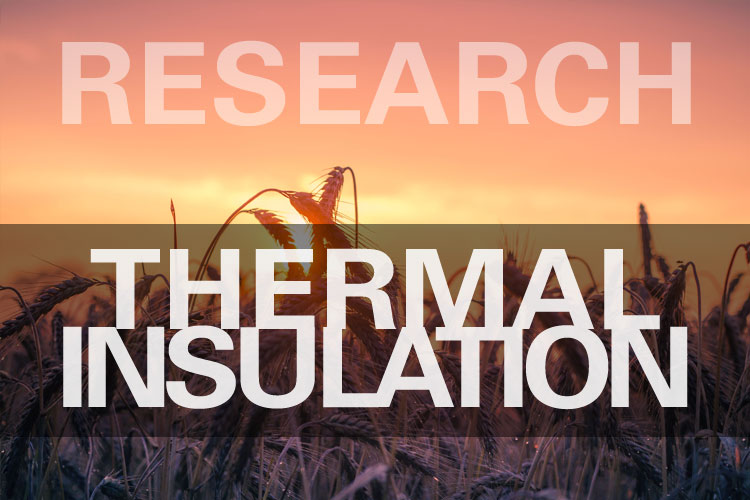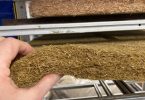The use of eco-friendly thermal insulation in the building envelope is one of the passive and also sustainable means of achieving indoor thermal comfort. There are possibilities for significant improvements in energy efficiency over the life of a building with the prospect of reduced use of energy-intensive space-conditioning technologies. Straw, an agricultural residue, with potential for utilization as an insulation material, is the focus of the current work. Reliable transient analysis of straw-based construction requires knowledge of its thermal transport properties – effective thermal conductivity and thermal diffusivity. Variability in thermal conductivity owing to several factors and lack of thermal diffusivity values are the main takeaways from the comprehensive literature review undertaken and therefore, the current work attempts to address these issues. The measurements of these thermal transport properties of rice straw bale samples are carried out using the transient plane source technique.
The ranges of the influencing parameters considered are: temperature from 25 °C to 45 °C, packing density from around 50–90 kg/m³ for dry samples as well as samples conditioned at 40%, 60% and 80% RH. The experiments are performed for three different orientations with respect to heat flow: parallel, random and perpendicular. The effective thermal conductivity values obtained in the case of perpendicular/random orientation are approximately 1.7 times lower compared to the parallel case. A significantly greater increase, as much as 130% and 60%, in thermal conductivity is found in the parallel oriented case than perpendicular/random cases with an increase in relative humidity and density, respectively. The thermal diffusivity values also show significant variation only in the parallel case. Correlations are proposed for both thermal conductivity and thermal diffusivity for all orientations.
Authors: Sabapathy, Karthik A.; Gedupudi, Sateesh
Link:http://www.sciencedirect.com/science/article/pii/S0950061818329489





